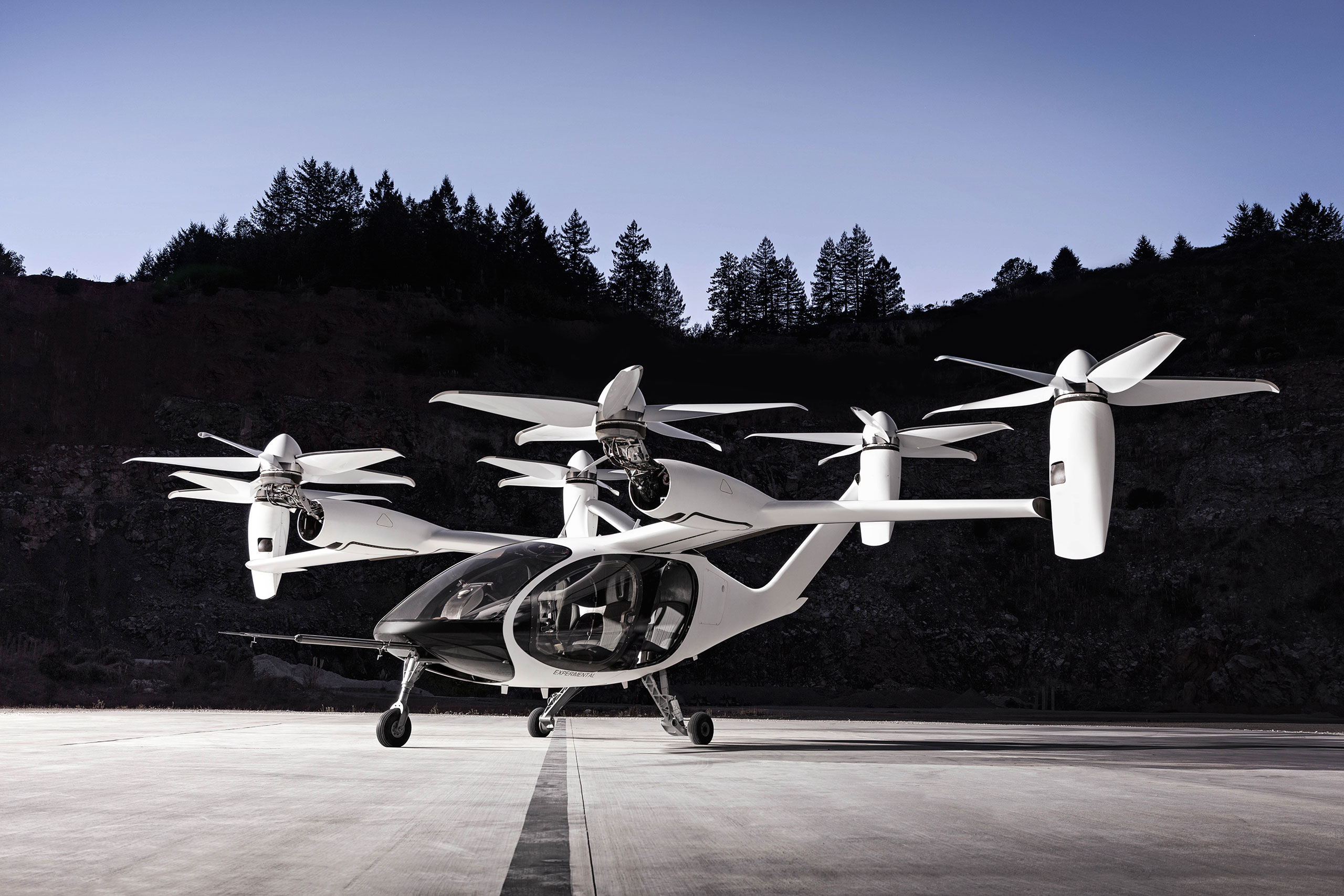Author | Jaime Ramos
Urban air and public transportation is the quintessence of mobility without land limitations. The advantages of achieving a true hive city would revolutionize travel. But the technical and legal requirements, among others, are such that, to date, travelling by flying vehicles in cities is an area reserved for a minority or science fiction novels.
What is Urban Air Mobility (UAM)?
It has been 70 years since the Havilland DH.106 Comet, the first commercial flight, took to the skies. Since then and despite technological advances, the aviation sector has not found the solution to cover the area of urban routes. What is stopping us from flying among skyscrapers?
In reality, air transport does exist in cities. The air taxis sector has been operating flights between cities or between airports within the same city since the sixties. But Urban Air Mobility (UAM) refers to more than a mode of transport that few can afford.
What are the challenges standing in the way of Urban Air Mobility?

Today there are companies and startups studying the feasibility of Urban Air Mobility, using state-of-the art technology solutions. They are having to tackle major and complex challenges.
Immature technology
Current UAM hopes are based on technical innovations in the aviation sector. The eVTOL (all-electric Vertical Take-Off and Landing) aircraft uses various technological solutions that are proving to be successful in other areas: electric motors or the integration of autonomous fight technologies.
Despite the spectacular and successful prototypes, there is still not a leading technology to simplify the propulsion. On the one hand, companies such as Joby Aviation, in collaboration with Toyota, have chosen the hydrogen fuel cell, with the distribution complications and billion dollar investment it entails.
Others, like Lilium, have launched aircrafts with a range of up to 300 kilometers. Despite this incredible figure, it seems like it may not be enough. The deployment of a solid charging infrastructure and an acceptable speed poses another challenge. ABB, Lilium’s partner, has developed charging points capable of delivering power at a rate of up to 1,000 kW.
Studies such as that of the University of Michigan maintain that these solutions would reduce emissions from fossil fuel-based modes of transportation. Although they show great potential, they will have a job to improve the sustainable behavior of electric mobility in ground transport.
A network of micro-scale airports
The revolution leads us to think of another infrastructure dimension. Is the deployment of a network of urban micro-scale airports designed for these aircrafts actually feasible?
This is the intention of the British company Urban Air-Port, famous for its current project, which aims to develop the ground infrastructure for drones and eVTOL in Coventry (United Kingdom). Hyundai has already shown its designs there with their prototypes in operation. The two companies’ plans are beyond ambitious: they intend to create a network of 65 micro-scale airports.
On the one hand, the multimodal integration in a single point is advantageous; on the other, this challenge may not be too easy to overcome in the short term. Furthermore, current costs of micro-scale airports range between EUR 6 and 12 million.
Costs and final price for the customer
The final challenge lies in assuming the enormous costs of the emerging UAM sector. The development of aircrafts, the maintenance of these, the charging technology and the network of micro-scale airports, make it almost impossible to offer the solution at reasonable tariffs.
Unlike what is happening with electric land transport, air transport is not based on sales of private units, but rather dedication to service. The sector’s ideal is to "uberize" the urban air space. Lilium are talking of taking passengers from Manhattan to JFK Airport within six minutes for about $70.
Is it worth committing to Urban Air Mobility?
Industry and cities will stumble upon other challenges relating to the actual point itself of UAM. How can the absolute community integration of this mode of transportation be achieved without it ending up as a social segregation factor? How much will it cost to establish the national and global legal frameworks to clear the way? These are issues that still need to be answered. We may soon see the first air taxis flying through the city sky. Conquering it, however, will take more than a decade.
Images | Joby Aviation, Rolls-Royce






















































